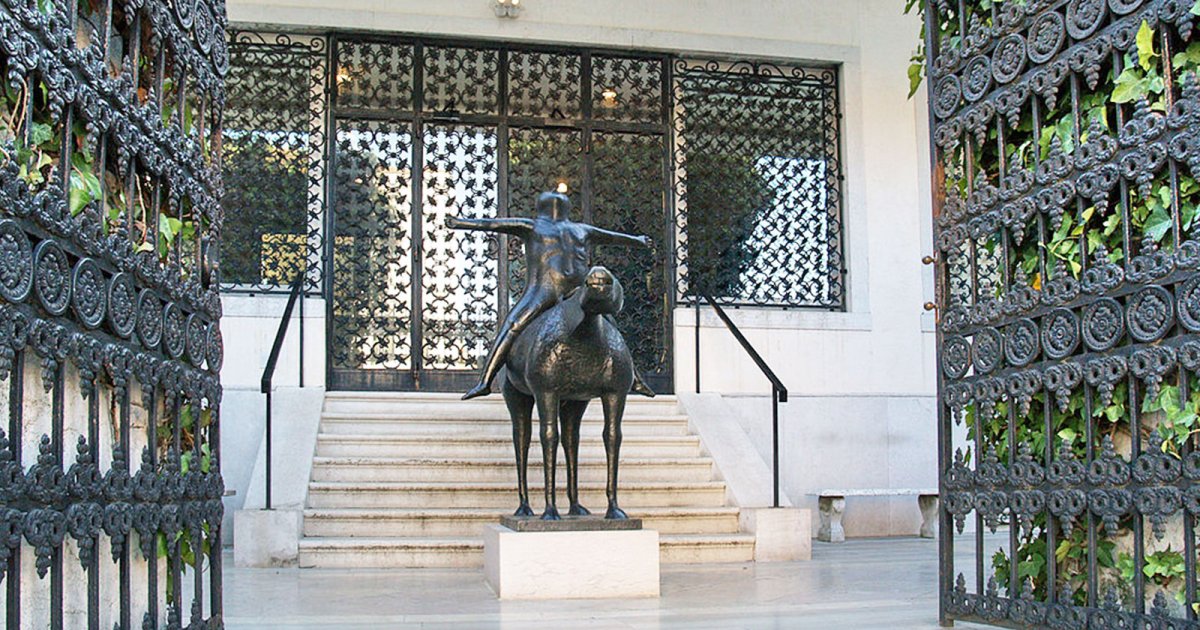GUGGENHEIM, Visit
 Language: English / USA
Language: English / USA
Forty years after Peggy Guggenheim's death, her cultural heritage continues to grow: a research center was established, and this museum has become the most visited collection of modern art in Italy.
There are four thematic groupings inside the museum: Cubism, European abstract art, surrealism, and post World War II art. The sections are in chronological order and correspond to the collector's artistic preferences, but also to her emotional ties with some of the great artists. Between one section and another, remember to pause the audio guide.
Start with the rooms dedicated to Cubism. The oldest work and number 1 in the catalog is the Portrait of a Poet by Pablo Picasso, one of Guggenheim's favorite artists; you'll also see some of his masterpieces from the 30s. This section also has works by Marcel Duchamp, Braque, and Léger.
Now pause the audio and go to the second section.
The second section is devoted to European abstract art, and is especially impressive for the exclusively geometric works of the Dutchman Piet Mondrian. You'll decide if you prefer his essential, ultra-pure colors, or the vibrant ones of the Russian Vassily Kandinsky. Here you'll also discover why Italian futurists like Boccioni and Severini can consider themselves the forerunners of abstract art.
Now pause the audio and go to the third section.
The third section is devoted to surrealism and is perhaps the most fascinating. It begins with Brancusi's sculpture and the magical paintings by Chagall and De Chirico. In addition to the enigmatic Mirò and Dalí, I'd like to point out the irresistible Empire of Light by René Magritte, which is unquestionably one of the most replicated works of modern art. The surrealist Max Ernst, who was Guggenheim's second husband, extravagantly honored her with the canvas The Robing of the Bride.
Now pause the audio and go to the last section.
This last section is dedicated to post World War II art. The absolute protagonist here is Jackson Pollock. He is one of Peggy's true "discoveries": the great American artist used a particular technique, dripping colors onto the canvases in a seemingly random manner. If you feel like you're a thousand miles away from historic Venetian painting, don't forget that Titian was the first to abandon the paint brush every now and then and paint his last canvases by "rubbing his fingers" along them.
FUN FACT: when she inaugurated one of her first galleries, Peggy Guggenheim wore two different earrings, one by Tanguy and one by Calder, to show her impartiality to surrealistic and abstract art:.... talk about elegance!
And with this we have finished our tour of the Guggenheim Collection: MyWoWo thanks you for staying with us, and will see you at the next Wonder of the World!



